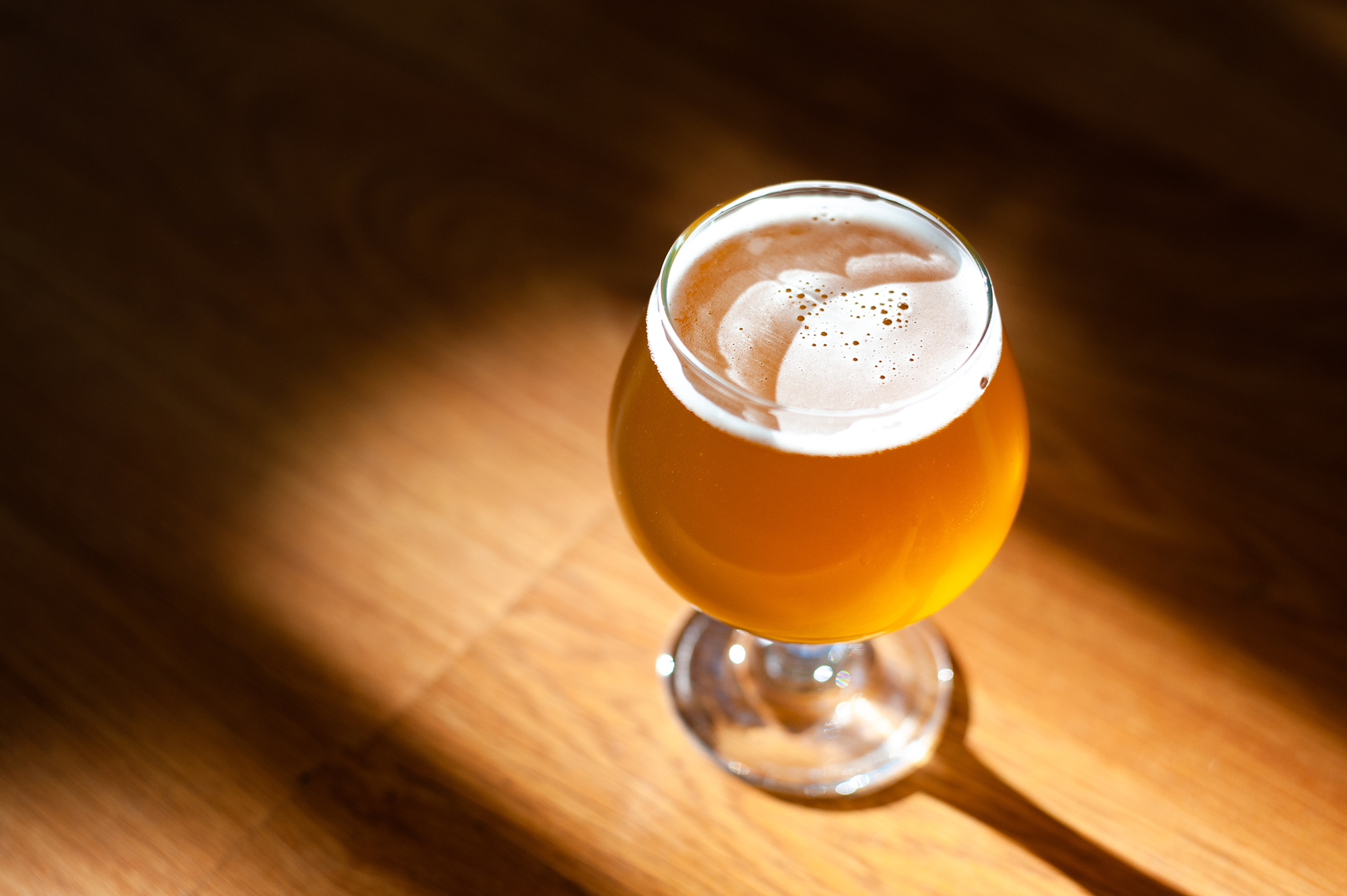Do you even yoga, bro?

I have high cholesterol. When I first found out—before I discovered it was genetic and largely unrelated to diet—I tried a lot of different stuff to bring it down. One of my favorites was a daily breakfast of oatmeal with golden milk.
Not familiar with golden milk? It’s a concoction of milk, turmeric, and other spices that originated in India (where it’s known in Hindi as haldi doodh) and spread in the late ’90s and early ’00s to every yoga-obsessed mom’s recipe collection (and eventually their early ’10s recipe blogs). It’s said to have impressive anti-inflammatory, anti-oxidant, and anti-carcinogenic properties, but I loved it because it tastes fucking great.

Recipes for golden milk vary dramatically, at least in the US. My usual oatmeal preparation included turmeric powder, cinnamon powder, ginger powder, cayenne, and black pepper. “Authenticity” is very much up for debate when it comes to haldi doodh, but what I’ve found is that most of the recipes from non-whiteys (aka people who are actually from India or who have roots there) include turmeric, green cardamom pods, cinnamon, black pepper, and ginger. For what it’s worth, haldi doodh literally just means “turmeric milk,” so there’s lots of room for riffing.
After giving it some thought, I decided golden milk could probably make a pretty good beer. At first, I thought about adding the spices to a porter or stout, but eventually I came around to the idea of a golden milk golden ale. Not only does it have that lovely parallelism, but the light and bright nature of the base beer should allow the spices to shine through more clearly—both figuratively and literally, when it comes to the incredibly vibrant turmeric.
What’s in it?
The Vitals
- Method: BIAB, no sparge, strong squeeze
- Batch size: 3 gallons
- Mash: 60 minutes at 154F
- Boil: 60 minutes
- OG: 1.065
- FG: 1.017
- ABV: 6.4%
- IBU: 25
- Efficiency: 80% pre-boil; 74% brewhouse
The Grain
- 5 lbs Golden Promise (Fawcett)
- 0.75 lbs Red Wheat Malt (Rahr)
- 0.25 lbs Flaked Oats (Briess)
- 0.5 lbs Lactose
- 0.25 lbs Honey
The Hops
- 28.3g (1 oz.) Fuggle [5.2% AA] @ 30 minutes
- 28.3g (1 oz.) Sterling [10.5% AA] @ FO
The Rest
- Yeast: White Labs WLP066 London Fog (750mL starter)
- Water: 4 gallons distilled/RO + 1mL lactic acid + 2.5g each CaCl2 & Gypsum
- Spices added @ 5 mins: 2 green cardamom pods (crushed), 1.5 tsp. turmeric powder, 0.5 tsp. cinnamon powder, 0.5 tsp. crushed black peppercorn
- Spices added after fermentation: 1 vanilla bean (split & scraped)
How’d it go?
Not too great, gotta say.
The actual brew was a breeze. Hit my numbers during the mash and boil (a few points over, actually), got everything weighed out and organized way ahead of time so there was no scrambling around, and my resurrected Robobrew V3 Robobrew V3.1 performed like a champ. The trouble came when I was ready to chill and found that the spigot I usually use was completely frozen, courtesy of an ongoing winter mega-storm.
Luckily, that mega-storm also made it relatively easy to chill the wort naturally. I just transferred it into my SS Brew Bucket, stuck the bucket in a snow bank, cleared a little space around it to promote air circulation, and let it sit for two… four… six… eight hours. Yep, took eight hours to get it down from 208F or so to a balmy 64F. Thank goodness this batch didn’t have any flame-out hops!
After those eight hours had elapsed, I brought the fermenter inside and pitched the slurry from my 750mL starter of White Labs WLP066 London Fog. Lovely yeast, gotta say, and for sure delivers on the promised haze.
Fermentation kicked off in under 6 hours and was ripping by the following morning. After two days the gravity was down to 1.035. Seven days and it was at 1.020. And by the time it finished, it had settled at 1.017—a full 7 points lower than BeerSmith’s predicted FG. Pretty dry, considering the sizable lactose addition and WLP066’s reputed low attenuation!
(This is where I should mention again for context that two days after brew day, I slipped on the ice while walking my dog and broke my ankle. More about that in my post about the no-boil NEIPA. But the brew must go on!)
Once the beer had achieved a stable FG, I sliced and scraped a Madagascar vanilla bean and pitched it directly into primary. The plan was to let it sit in there for about a week, but between my broken ankle and Allison’s crazy work schedule, it ended up being closer to two weeks before we were able to get it back downstairs and out to the garage for kegging. At that point the vanilla had definitely made its presence known in a big way!
I gravity transferred the beer directly from the Brew Bucket into a Star San-purged keg, hooked it up to my regulator at about 30 PSI for 24 hours, then manually released the pressure and reset the regulator to serving pressure—around 15 PSI at 42F.
How’s it taste?

Well, it doesn’t taste like haldi doodh, I’ll say that. Beer is a different medium, and there’s no actual milk in it, so of course the texture is wildly different. And lactose doesn’t equal milk in any way when it comes to flavor, obviously. What it tastes like is a sweet, heavily spiced dessert beer. It’s not something you’d really want more than 4 oz. of, but it’s not bad by any means.
Appearance: It pours a hazy light gold with a couple fingers of head that retreat quickly but leave nice lacing on the glass. Not nearly as vibrant of a yellow as I expected, or as the early refractometer samples suggested. Small flecks of black show up now and then, a reminder of the fresh vanilla bean added to primary.
Aroma: The first whiff is all honey, which surprised me—I’ve rarely made a beer where the honey aroma or flavor stuck around after fermentation. Then the spices kick in: the cardamom first, with an earthy undertone from the turmeric and black pepper. Vanilla is lurking around somewhere in the background, along with the cinnamon. Gotta say, it smells delicious, and not too far off my old breakfast.
Taste: This is going to sound weird, and probably more damning than I intend it to sound, but the closest point of comparison for the taste of this beer that I can come up with is… sugar-free bubblegum. Like, bubblegum-flavored bubblegum. My rational mind knows this is the cardamom, cinnamon, and vanilla merging into an amorphous flavor blob, but yeah—it just tastes like chewing well-chewed sugar-free gum. Complete with the slightly astringent back-of-tongue bitterness you get from artificial sweetener. That said, the bitterness has mellowed with time in the keg, and the individual spice flavors are starting to make themselves known apart from the blob. This might just be a beer that needs some age to shine.
Mouthfeel: Soft and rounded up front, which is no surprise given the lactose and high FG. The carbonation is pillowy, too. However, as I mentioned above there’s a dry, slightly bitter finish that lingers on the back of the tongue and clashes with the otherwise luscious sweetness.
Would I brew it again?

It might be surprising given that description, but yes I would. However, I’d make a few notable changes:
- Ditch the lactose. It’s just a bit too sweet.
- Mash higher, like 156 or 158F, and use more oats for a body and mouthfeel that more closely mimic milk. (Maybe actually use oat milk!)
- Jack up the turmeric and black pepper, reduce the cardamom.
- Add ginger.
- Reduce the hopping rate (though, admittedly, the bitterness may have been due to the extended chill period).
Together, I think these changes would produce a spicier, punchier beer that’s closer in flavor to golden milk’s earthy richness.

Thanks for sharing Ken. The turmeric reference has piqued my interest as I too have high LDL and are taking action to include it in my diet. Next brew, look out!